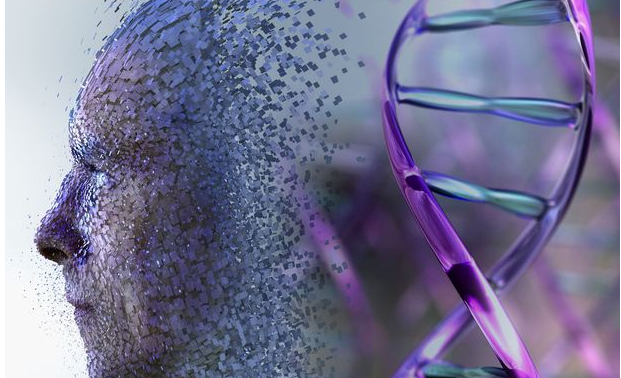The faces of murderers or rapists could be 'recreated' from DNA left at the scene of the crime, according to new research.
Scientists have identified the genes that shape the extraordinary variation in the human face.
Many features, such as nose size and face width, stem from specific mutations, say researchers.
Previous studies have suggested they are controlled by genes , but this is the first to shed light on how variants contribute to the range of different forms we see.
The findings published in PLOS Genetics may also help researchers to learn how facial birth defects arise.
And they could even have applications in forensics, helping police construct more accurate faces of dangerous criminals being hunted for murders, rapes and robberies.
The discovery of the genes that determine human facial shape could provide valuable information about a person's appearance using just DNA left behind at the scene of a crime.
They are based on a DNA analysis of 20 facial characteristics measured from 3D images of 3,118 healthy volunteers of European ancestry and almost a million mutations, or SNPs (single base pair) variations.
Dr John Shaffer, of the University of Pittsburgh , said: "There is a great deal of evidence genes influence facial appearance.
"This is perhaps most apparent when we look at our own families, since we are more likely to share facial features in common with our close relatives than with unrelated individuals.
"Nevertheless, little is known about how variation in specific regions of the genome relates to the kinds of distinguishing facial characteristics that give us our unique identities, e.g., the size and shape of our nose or how far apart our eyes are spaced.
"In this paper, we investigate this question by examining the association between genetic variants across the whole genome and a set of measurements designed to capture key aspects of facial form.
"We found evidence of genetic associations involving measures of eye, nose, and facial breadth.
"In several cases, implicated regions contained genes known to play roles in embryonic face formation or in syndromes in which the face is affected.
"Our ability to connect specific genetic variants to ubiquitous facial traits can inform our understanding of normal and abnormal craniofacial development, provide potential predictive models of evolutionary changes in human facial features, and improve our ability to create forensic facial reconstructions from DNA."
Read the rest of the article here http://www.mirror.co.uk/news/uk-news/faces-murderers-could-recreated-dna-8713173

Interesting article, I also just want to thank you for following me.
so cool
I'd file for a motion to dismiss hearsay evidence. If used as the the sole source of evidence, this would not suffice as legitimate proof in my eyes. I think it's a great way to determine suspects, but not grounds to convict anybody of anything. Hopefully the masses agree, since we live within mob rule.